Replacing the roof of a 1,500-square-foot house involves essential expenses that vary based on factors like materials and labor.
Understanding these key components can help homeowners navigate the overall cost landscape before delving into specifics. Now, let’s delve into the main factors influencing the expenses.
How Much Does It Cost to Replace a Roof on a 1,500 Square Foot House?
For a 1500-square-foot roof, homeowners usually spend around $5100 to $8900. To select the ideal replacement, it’s crucial to factor in the cost aspect.
Factors That Affect the Cost of Replacing a Roof on a 1,500 Square Foot House
When considering a roof replacement for a 1,500-square-foot house, it’s essential to grasp the factors that influence the overall cost. Several variables come into play, impacting the expenses associated with this significant home improvement project.
By comprehending these cost-related factors, homeowners can make informed decisions that align with their budget and preferences.

Roofing Materials and Quality
The type of roofing material you choose significantly affects the cost of replacement. Asphalt shingles are more budget-friendly, while options like metal, wood, or slate tend to be pricier but offer durability and aesthetic appeal.
Quality also matters; higher-grade materials generally come with a higher price tag but can provide better longevity and performance over time.
Labor and Installation
The labor and installation costs play a crucial role in the total expense. Labor charges vary based on geographic location, complexity of the project, and the experience of the roofing contractors.
Hiring skilled professionals ensures proper installation, which is essential for the roof’s longevity and performance.
Roof Complexity and Design
The complexity of the roof’s design can impact the cost of replacement. A straightforward gable roof may be less expensive to replace than a roof with multiple angles, valleys, and intricate features.
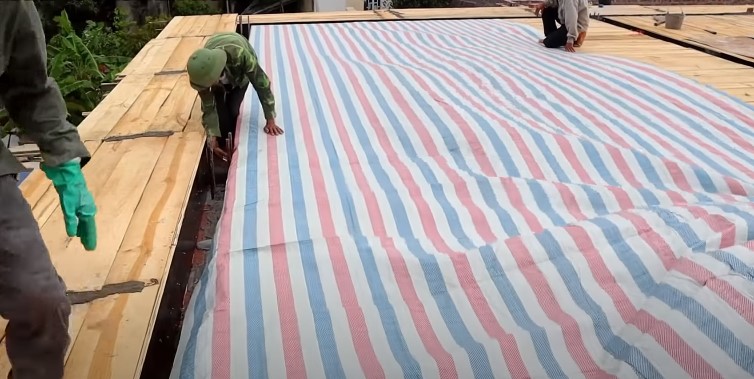
The more intricate the design, the more time and effort it may take for installation, leading to potential increases in labor costs.
Removal of Old Roofing Materials
Before the new roof can be installed, the old roofing materials need to be removed. The cost of removing and disposing of the old materials, such as shingles or tiles, adds to the overall project expense.
Factors like the number of layers to be removed and the disposal fees in your area can influence this cost.
Additional Components and Upgrades
Roof replacement may involve additional components and upgrades, such as underlayment, ventilation systems, flashing, and insulation. These elements contribute to the overall functionality and efficiency of the roof, but they also impact the final cost of the project.
Local Regulations and Permits
Obtaining the necessary permits and adhering to local regulations can add to the cost of a roof replacement. It’s important to factor in any fees associated with permits and ensure compliance with building codes in your area.
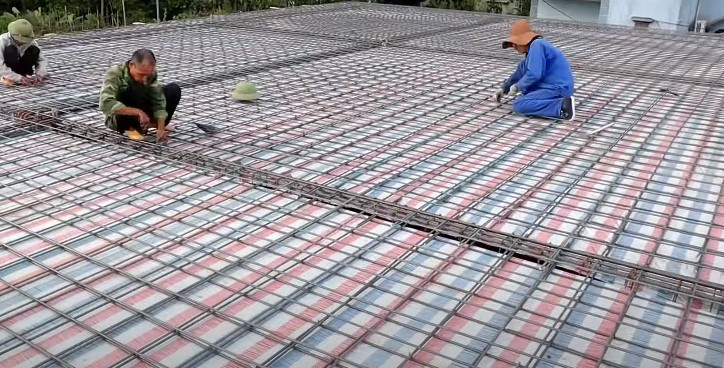
How to Lower Roof Replacement Costs?
When faced with the prospect of replacing the roof of a 1,500-square-foot house, there are several proactive approaches homeowners can take to lower the overall expenses without compromising on quality.
By implementing these strategies, individuals can effectively manage their budget while ensuring a successful roof replacement project.
Choose Cost-Effective Materials
Opt for roofing materials that strike a balance between affordability and durability, such as asphalt shingles or composite options. Compare prices and quality across different materials to make an informed decision.
Obtain Multiple Quotes
Reach out to multiple roofing contractors for quotes and estimates. Compare the provided quotes, taking into account the scope of work, materials, labor costs, and any additional services offered.
Time the Project Right
Schedule the roof replacement during off-peak seasons when demand is lower. Some contractors might offer discounts during slower months, helping homeowners save on labor costs.
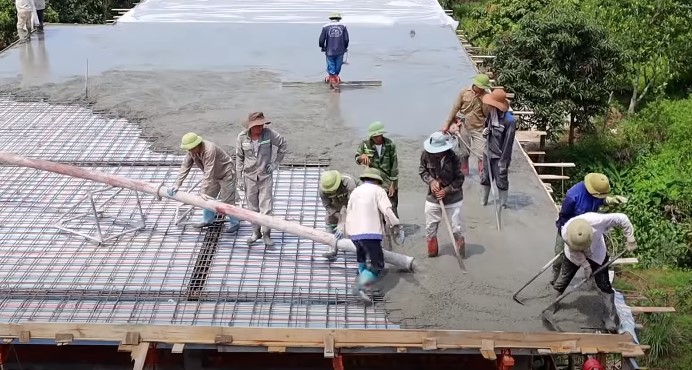
Consider Roof Overlays
If the existing roof is in relatively good condition, explore the possibility of a roof overlay instead of a complete tear-off. Overlaying involves installing new shingles on top of the existing ones, reducing labor and disposal costs.
DIY Preparation
Perform any necessary preparatory work, such as removing debris from the roof and cleaning gutters, before the contractors arrive. This can help streamline the process and potentially lower labor charges.
Bundle Repairs and Upgrades
If there are additional repairs or upgrades needed, consider bundling them with the roof replacement project. Combining tasks can lead to cost savings on labor and materials.
Explore Financing Options
Research financing options available for roofing projects, such as personal loans or home improvement loans. Financing can help homeowners manage upfront costs and spread payments over time.
Maintain Regular Roof Maintenance
Implement a consistent roof maintenance routine to extend the lifespan of the roof. Regular maintenance can prevent premature deterioration and the need for frequent replacements.
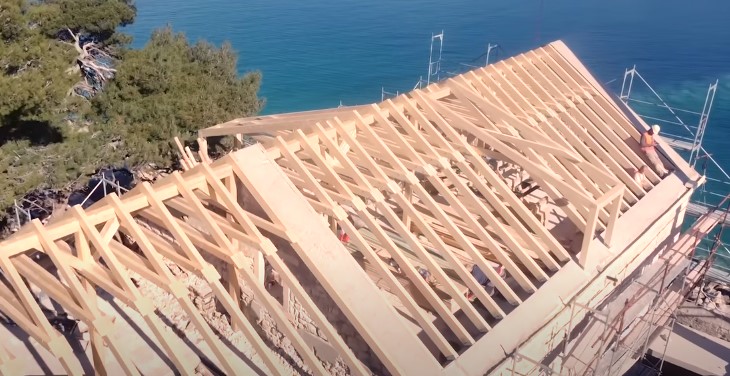
How to Estimate the Cost of a New Roof?
Estimating the cost of a new roof involves considering factors like roofing materials, roof size, labor costs, and additional components. Obtain quotes from multiple contractors, comparing material options and labor charges.
Calculate the square footage of the roof and factor in the complexity of its design. Additionally, account for any necessary permits, removal of old materials, and potential upgrades.
This comprehensive approach ensures a more accurate estimation of the total cost of your new roof.
Is a Roof Covered by Home Insurance?
Roof coverage by home insurance depends on the cause of damage. Typically, sudden events like storms or accidents may be covered. However, regular wear and tear or neglect may not be covered.
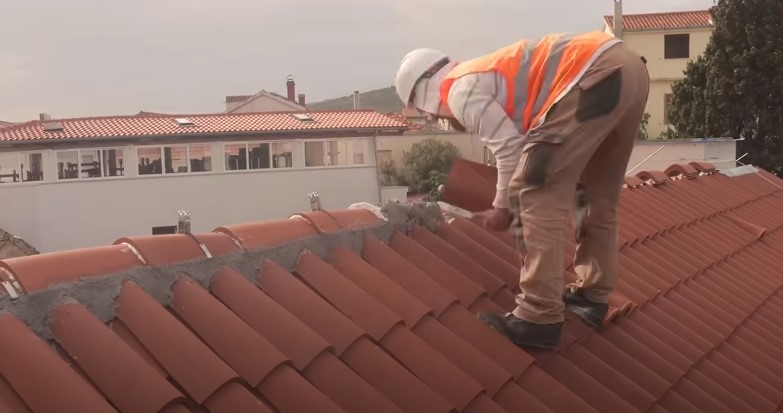
It’s important to review your policy, understand the coverage limits, and consider additional coverage options for full protection against potential roof damage expenses.
Conclusion
The cost of replacing a roof on a 1,500-square-foot house depends on various factors. By considering materials, labor, roof complexity, and local regulations, homeowners can make informed decisions aligned with their budget [1] and preferences.
Careful planning and understanding of these elements will contribute to a successful roof replacement project.

